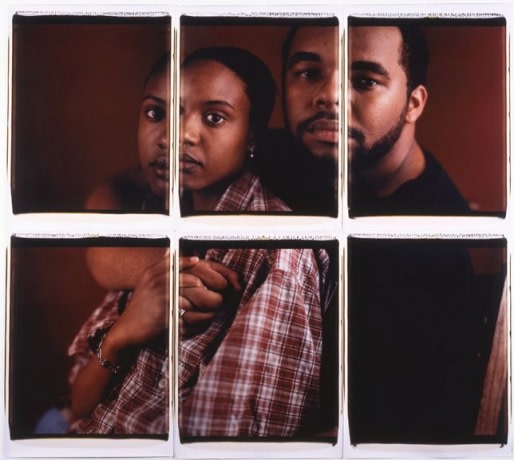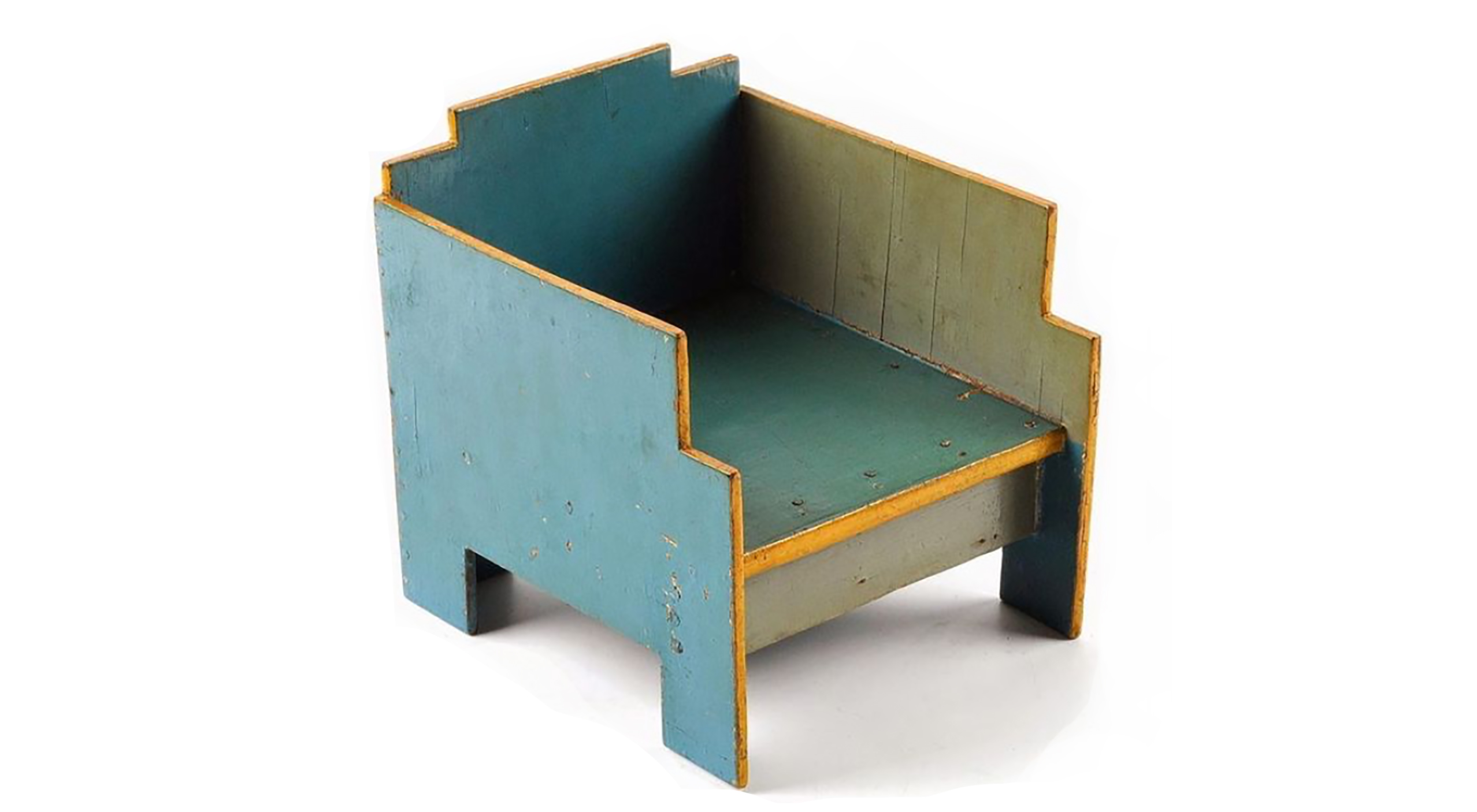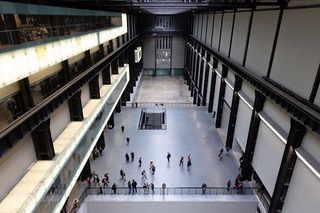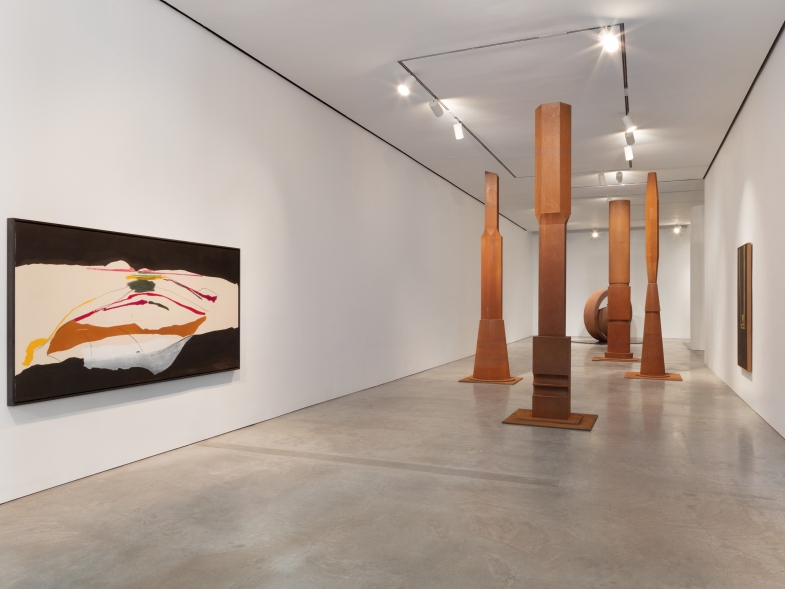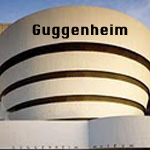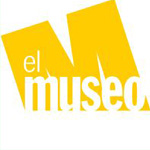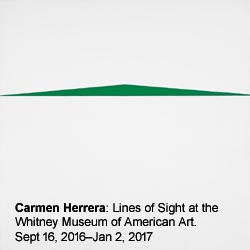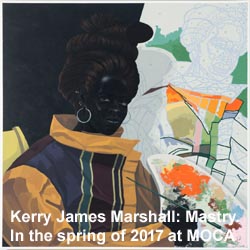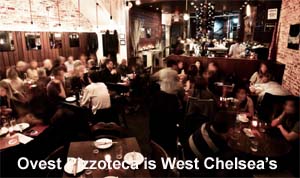| In the past, my drawing and sculptural work has dealt with structures and mapping, using a linear perspective and a simplicity that pares down surfaces to create an enhanced pictorial order within the frame of architecture. It is an obsessive treatment of space, meticulously recording every block, passageway, and texture on such a large scale to engulf the viewer, to locate oneself. The images are imprinted within our minds, and within traces of personal histories, collectively tracking the invisible history of where, where we go, where we live, how we create, erase, and redraw borders. The viewer sees a contrast of freedom and darkness, labyrinths to promote the intimacy of mapping; they are familiar territories. By projecting images of selected housing projects and Avant-garde buildings onto paper, foam core, or in a space, I am able to use that image as a base to build upon. |  |
Caitlin Masley
“…by remembering that cities are more than just habitats or geographical entities. They extend beyond networks of communication, commerce, sociality, or politics. Cities often exist in the form of memories and aspirations, and these cities are no less real despite their intangible nature. We always carry with us the memories of the cities that we have lived in or lost, abandoned, or destroyed. These memories permit us to rebuild them from their ruins; we build new cities upon the memories of others.”—Aaron Levy
In the past, my drawing and sculptural work has dealt with structures and mapping, using a linear perspective and a simplicity that pares down surfaces to create an enhanced pictorial order within the frame of architecture. It is an obsessive treatment of space, meticulously recording every block, passageway, and texture on such a large scale to engulf the viewer, to locate oneself. The images are imprinted within our minds, and within traces of personal histories, collectively tracking the invisible history of where, where we go, where we live, how we create, erase, and redraw borders. The viewer sees a contrast of freedom and darkness, labyrinths to promote the intimacy of mapping; they are familiar territories. By projecting images of selected housing projects and Avant-garde buildings onto paper, foam core, or in a space, I am able to use that image as a base to build upon. I constantly move the image and the projector in a way that resembles randomness, but facilitates a “growth” process and layering, enhancing the texture of the surface. All the images are a selection of instrumental buildings being rearranged, recombined, and layered beyond recognition, resulting in a completely organic and unpredictable map, seeped in an emotional and political urban texture of landscape and changing borders.
Spaces are taken over by the drawings, and become a place where the viewer is transported into a new site, a reinvented site, a never-ending possible moment of a site, thus rethinking or re-imagining their ideas of territories. They create an atmosphere where the viewer can feel the evolving texture of structure with their eyes, and move around it with their bodies. By working this way I am creating a space between art, architecture, and mapping. It is a state of social architecture in flux where I want to carve out a different way of visual understanding and examining what humans impose on landscapes, and what we impose on ourselves, ultimately to discover who we are.









